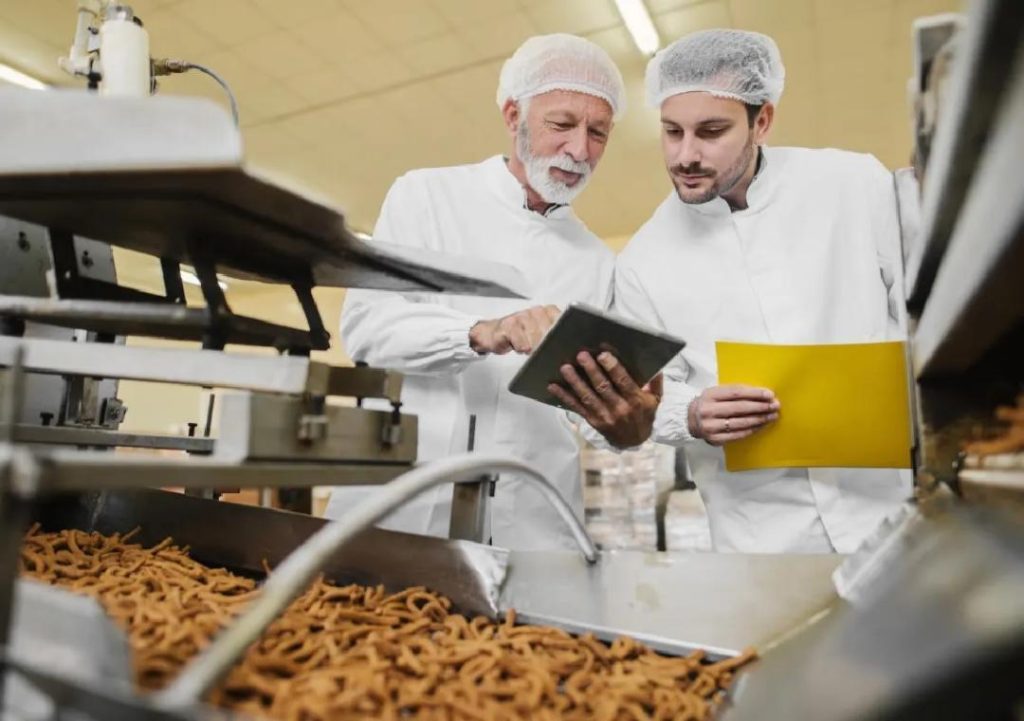
Can P&L Optimisation Redefine Success in Food Technology?
The food technology industry is transforming at an unprecedented pace, driven by innovations in automation, data analytics, and smart inventory systems. Amidst this turmoil, profit and loss (P&L) optimisation has emerged as a key strategy for food technology companies to improve profitability, streamline operations, and stay competitive. By adopting scalable models, businesses can boost margins, ensure sustainable growth, and redefine success in this rapidly evolving industry.
The Challenge of Optimising P&L Operations
Traditionally, food technology companies have relied on manual processes to manage their P&L operations, which can lead to inefficiencies, waste, and poor decision-making. The industry’s complex supply chain, with its multiple stakeholders, variable demand, and perishable products, makes it challenging to accurately forecast demand, manage inventory, and control costs.
The Power of Automation and Data Analytics
To overcome these challenges, food technology companies are embracing automation and data analytics to optimise their P&L operations. Automation enables the streamlining of manual processes, reducing the risk of human error and freeing up staff to focus on higher-value tasks. Data analytics, on the other hand, provides insights into sales trends, customer behavior, and market dynamics, enabling businesses to make data-driven decisions.
Smart Inventory Systems: A Game-Changer
Smart inventory systems are a crucial component of P&L optimisation in food technology. These systems use data analytics and machine learning algorithms to predict demand, manage inventory levels, and prevent stockouts or overstocking. By optimising inventory levels, businesses can reduce waste, lower costs, and improve customer satisfaction.
The Impact of P&L Optimisation on Food Technology Companies
The benefits of P&L optimisation in food technology are numerous. By streamlining operations, businesses can:
- Reduce Waste: Automation and data analytics help identify and eliminate waste, reducing costs and improving profitability.
- Sharpen Demand Forecasting: Smart inventory systems enable accurate demand forecasting, ensuring that businesses have the right products in stock to meet customer demand.
- Support Better Decision-Making: Data analytics provides insights into sales trends, customer behavior, and market dynamics, enabling businesses to make data-driven decisions.
- Boost Margins: By reducing waste, improving inventory management, and streamlining operations, businesses can increase their margins and improve profitability.
- Ensure Sustainable Growth: Scalable models and data-driven decision-making enable businesses to adapt to changing market conditions and ensure sustainable growth.
Case Studies: P&L Optimisation in Food Technology
Several food technology companies have successfully implemented P&L optimisation strategies, with impressive results. For example:
- Company A, a leading food manufacturer, implemented an automated inventory management system, reducing inventory levels by 20% and saving $1 million annually.
- Company B, a food delivery startup, used data analytics to optimise its logistics and reduce delivery times by 30%, improving customer satisfaction and increasing repeat business.
- Company C, a food processing company, implemented a predictive maintenance system, reducing equipment downtime by 40% and saving $500,000 annually.
Conclusion
P&L optimisation is no longer a luxury, but a necessity for food technology companies seeking to improve profitability, streamline operations, and stay competitive. By adopting scalable models, automation, and data analytics, businesses can reduce waste, sharpen demand forecasting, and support better decision-making. As the industry continues to evolve, P&L optimisation will play a critical role in defining success for food technology companies.
Source:
https://www.growthjockey.com/blogs/p-and-l-operations-in-food-tech






